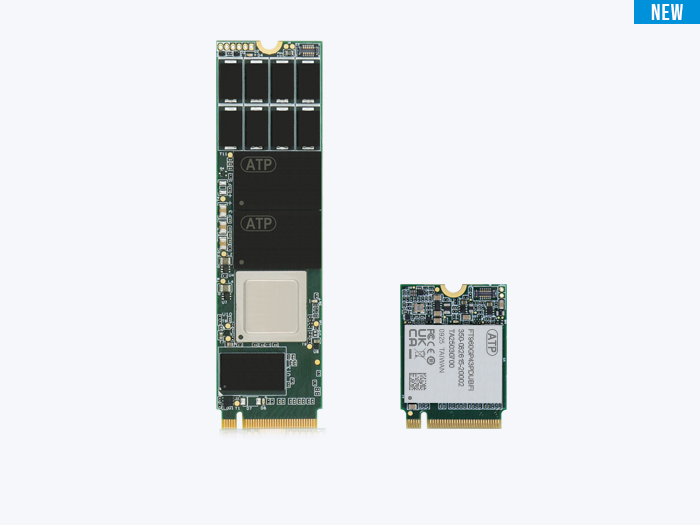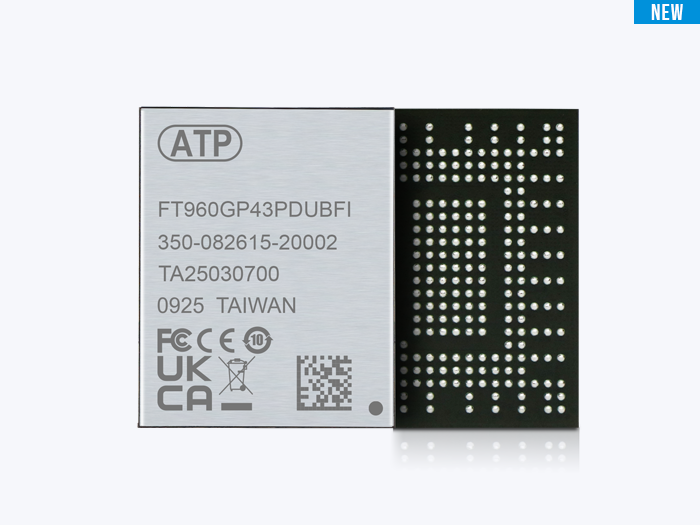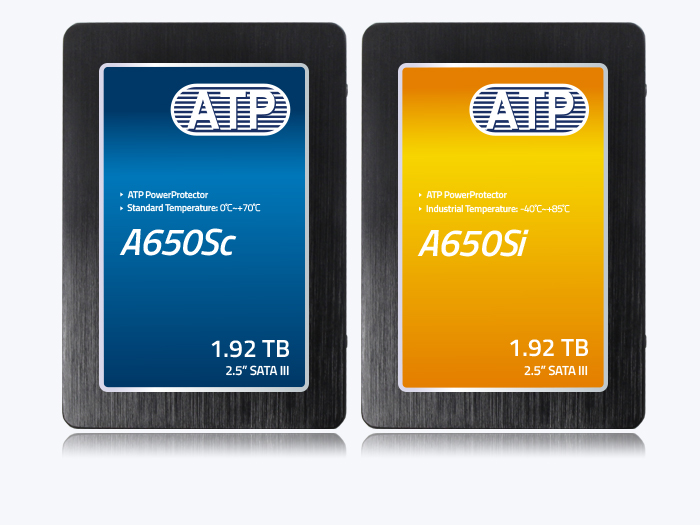紹介
NVMe PCIe solid state drives (SSDs) deliver blistering-fast performance but heat generation at top speeds can present a big challenge. In industrial/embedded systems fanless design, overheating challenges are made worse by space limitations and insufficient airflow.
To ease the heat issue, the NVMe controller typically has default thermal settings that adjust the clock under different temperature conditions, slowing the performance to cool the SSD. This is commonly known as thermal throttling.
Thermal throttling provides several important benefits, such as protecting the SSD from overheating, maintaining reliability when temperatures exceed safe limits, and extending the SSD’s lifespan.
In typical two- or three-stage thermal throttling configurations, however, the SSD speed abruptly slows down and the performance drastically drops, eventually leading to rapid temperature swings, inefficient cooling, and performance instability.
AceTT Aces SSD Thermal Management with up to 18 Stages of Gradual Thermal Throttling
ATP’s Ace Thermal Throttling (AceTT) Technology offers an innovative approach to thermal management in NVMe PCIe Gen4 SSDs. Its finely tuned 18-stage throttling algorithm applies gradual, incremental performance delays to control the rise of temperature.
How AceTT Works

Thermal Graph Captured on ATP’s Thermal Simulation Database
The following graph is a visual demonstration of how the multi-stage behavior is deliberately triggered by chamber‑controlled ambient heating. As temperature rises, a multi‑stage thermal‑throttling scheme tapers performance behavior to prevent abrupt speed or temperature swings.
The green line represents throughput/performance declining in a series of steps instead of sharp drops. As the controller (orange line) and device (blue line) temperatures pass the predefined threshold, one stage of the AceTT scheme is triggered. While the internal temperature rises steadily, the rise is moderated, and the gradual tapering ensures that performance remains predictable and smooth as the SSD adjusts its speed and power output incrementally.
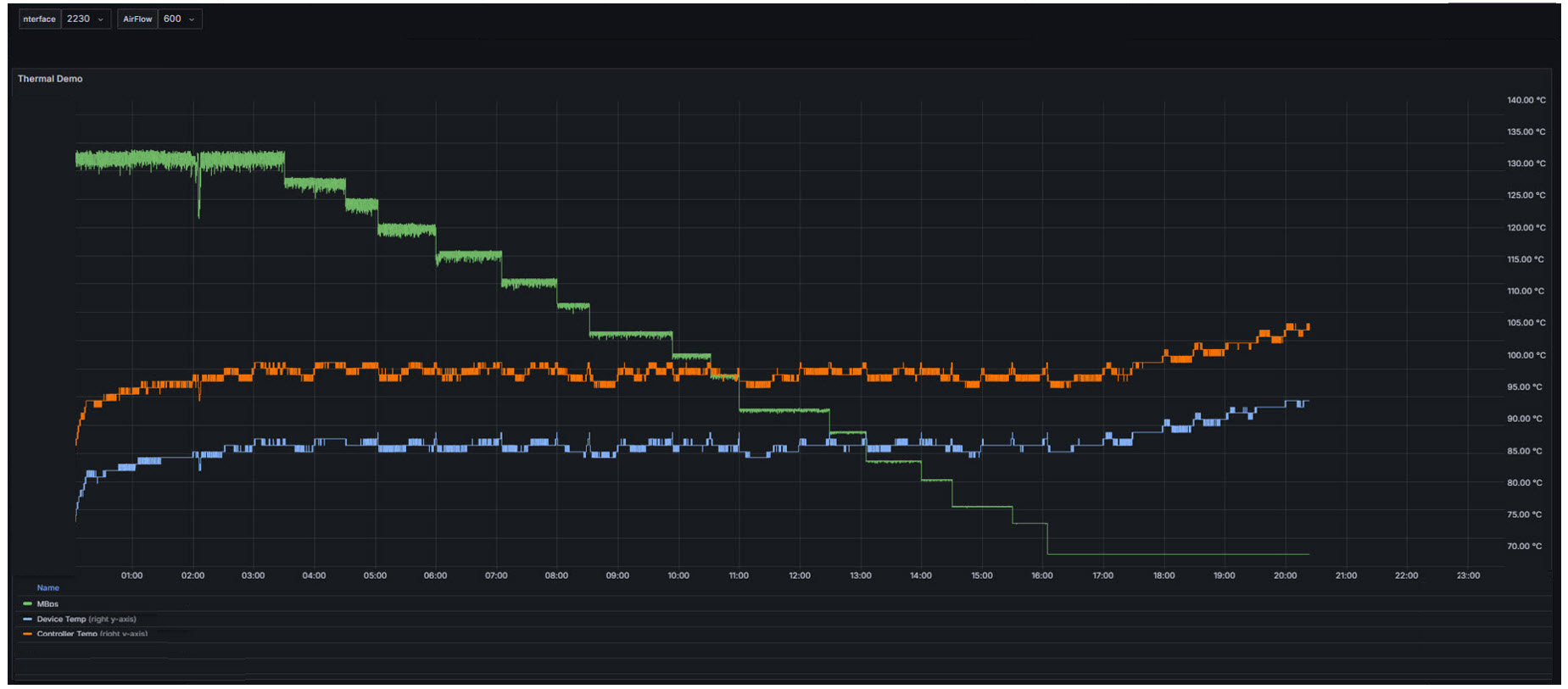
To emulate a 55°C ambient temperature while the device operates near the 85°C range, AceTT brings the SSD operating in TLC mode to thermal equilibrium (steady state) across phases and maintains steadier, optimal performance with minimal airflow fluctuation.
The following graph shows how the device maintains steady performance while keeping temperature variations controlled across extended phases of operation. Throughput (represented by the green lines) remains largely consistent except for short, controlled performance drops. The orange (controller temperature) and blue (device temperature) lines represent different temperature readings, showing near thermal equilibrium where sudden overheating or abrupt temperature changes are prevented even while the SSD performs at high speeds.
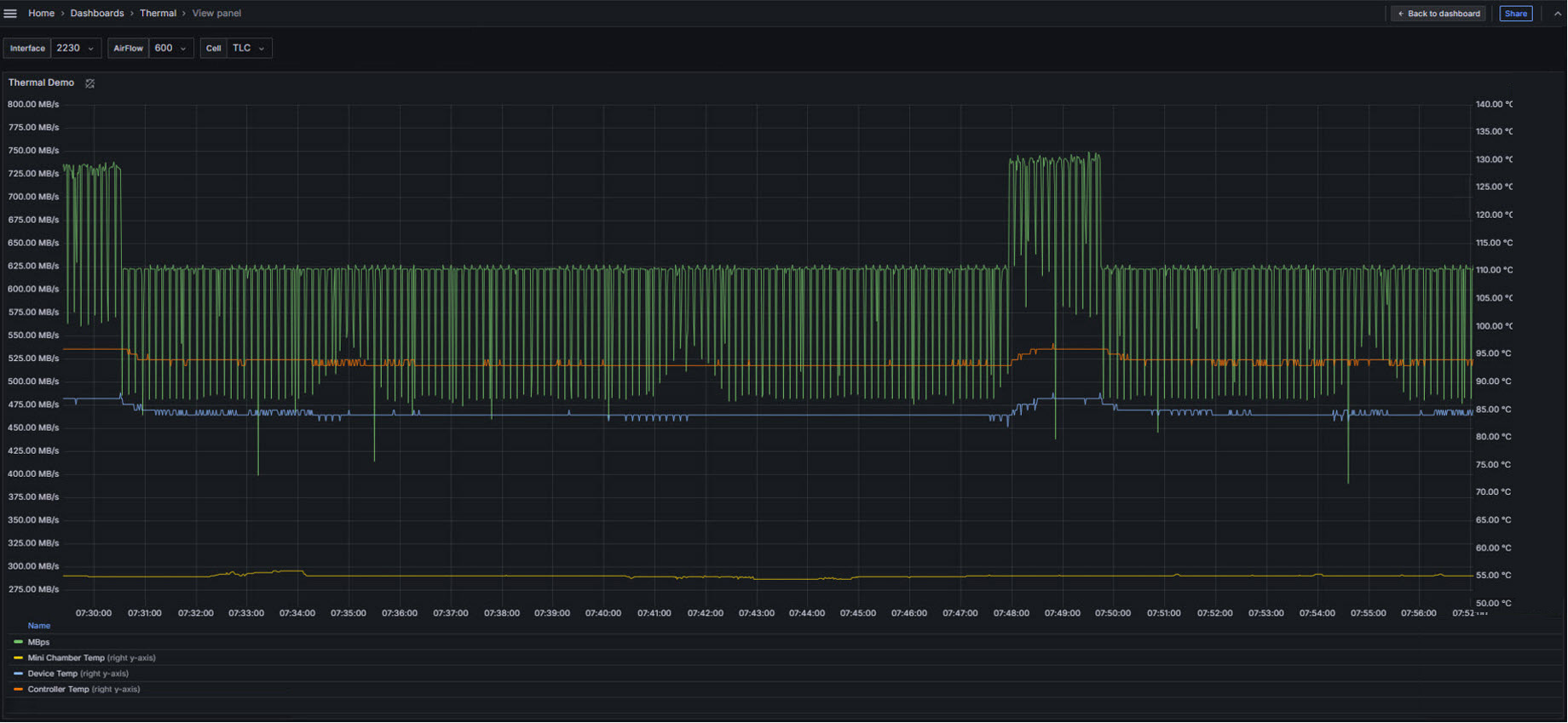
AceTT Benefits
Implemented through ATP’s engineering capabilities and broad industrial experiences in understanding diverse contexts and challenges, AceTT offers the following benefits, especially for industrial and embedded environments.
- Optimal Performance under sustained workloads and high operating conditions.
- Mitigation of Sudden Heat Spikes and Drops that cause inconsistent performance.
- Longer Device Life as the SSD is protected from the damage of overheating, thus ensuring longer product lifespan.
- Stable Operating Temperature for steadier and more reliable operation, which prevents heat-induced read/write errors and data corruption.


